Manuel Amorim is one of the few masters luthiers who still work entirely by hand, without the help of machines. He took the Traditional Instrument Construction course at the University of Coimbra in the 90s, moved to Faro for 22 years and currently lives in Loulé. She has been building chordophones for over 20 years and, for the last four years, has been at the head of the Cordophone Workshop, which is part of the Loulé Criativo project.
With more than thirty different stringed instruments, Portugal, despite being small in territory, has a vast diversity of these musical instruments. The tradition of chordophones is not limited to the mainland, it is also very present in the islands of Madeira and the Azores.
the profession of luthier or violeiro, as it is called in Portuguese, is one of the oldest, since wooden stringed instruments appeared around four thousand years ago. The profession basically consists of building and repairing chordophones.
“There are still pockets of resistance in Portugal from people like us, who are working with the old methods. There are still four or five doing this manual work, without any help from machines”, said Manuel Amorim.
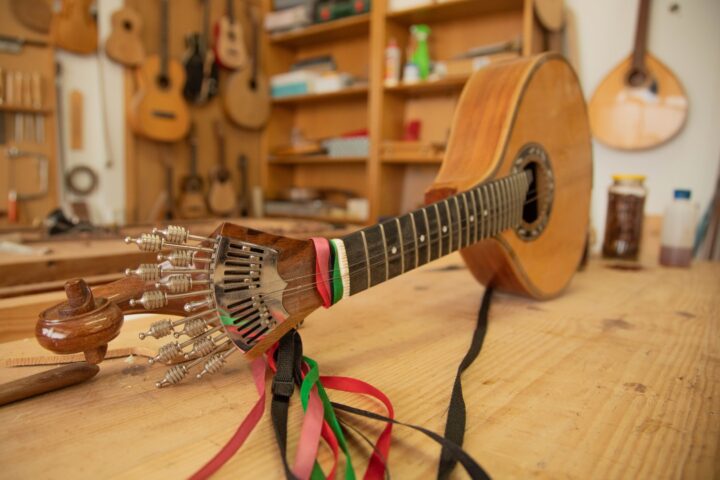
In the last two decades, there has been a significant increase in the use of string instruments in Portugal, he says. “The new guys started to pick up, for example, the toeira and started to get different sounds from the old toeira. With the viola campaniça or the braguesa it was the same thing. Musicians began to emerge who came to explore those instruments in addition to that music that was our traditional and popular music”.
O luthier says that the materials used in the construction of these instruments are 100% natural, such as hardwoods coming from several countries, including Brazil, India and Honduras. The varnish comes from India and is taken from the sap of a tree. Bovine bone is used to build some pieces, such as bridges and bridges. The glue is of animal origin, composed, among other things, of animal fat, tendons and bones. “Woods are living materials, they yield a lot and this natural glue has this elasticity, that is, it follows the movement of the wood”.
In the last ten years, there has been a significant increase in the number of builders. Manuel shows concern with the preservation of traditional methods of making instruments and points out the need for more schools for luthiers in Portugal, offering more accessible courses so that tradition is not lost. “I think there should be more schools of luthiers in Portugal. The courses are either very expensive or those courses where everything comes in kits and just paste and OK done."
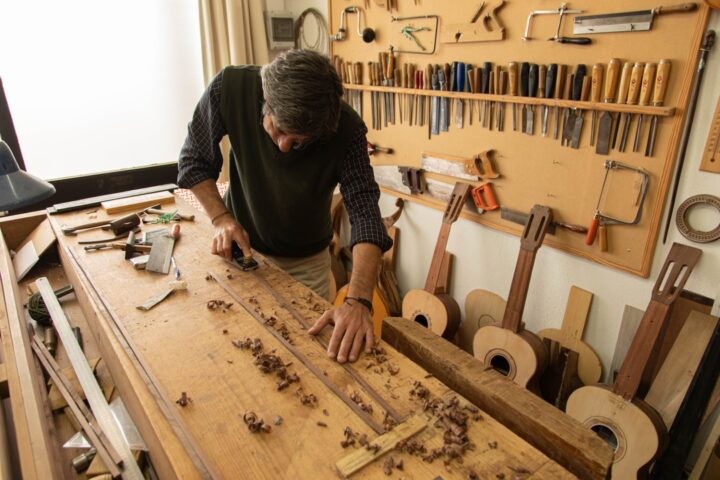
Manuel says that he manufactures an average of six to seven instruments a year and that it is not an easy process, since it involves many areas of knowledge such as mathematics, physics, chemistry, design, among others.
The instruments are customized for each musician, made to measure. “These are instruments that, taking into account the purchasing power, are expensive and, therefore, difficult to sell. This is always an instrument that is an investment, it is an inheritance, it is something that lasts a hundred, two hundred years”.
Those who work in an artisanal way, with old methods like Manuel Amorim, suffer today from competition from the string instrument industry, which manufactures hundreds of them a day. The construction of a chordophone by a violist takes time, there are several processes, all very meticulous, all manual and that guarantee musicians instruments with greater quality, both sound and aesthetic. A Portuguese guitar, for example, takes an average of two months to complete and its price can reach 4 euros.
“We say that it is a profession that is on the verge of extinction, of course it is. For now, it's not something you learn after two or three years, it takes many years, we're learning all our lives”, explains the master.
Os luthiers like him, they continue to seek perfection that they will probably never find: “We are always looking for our instrument and we are fully aware that when we do, we die”.
Text and photos by Nireide Alvarenga, carried out within the framework of the Professional Photography course 21|23 at ETIC_Algarve, School of Technologies, Innovation and Creation of the Algarve.
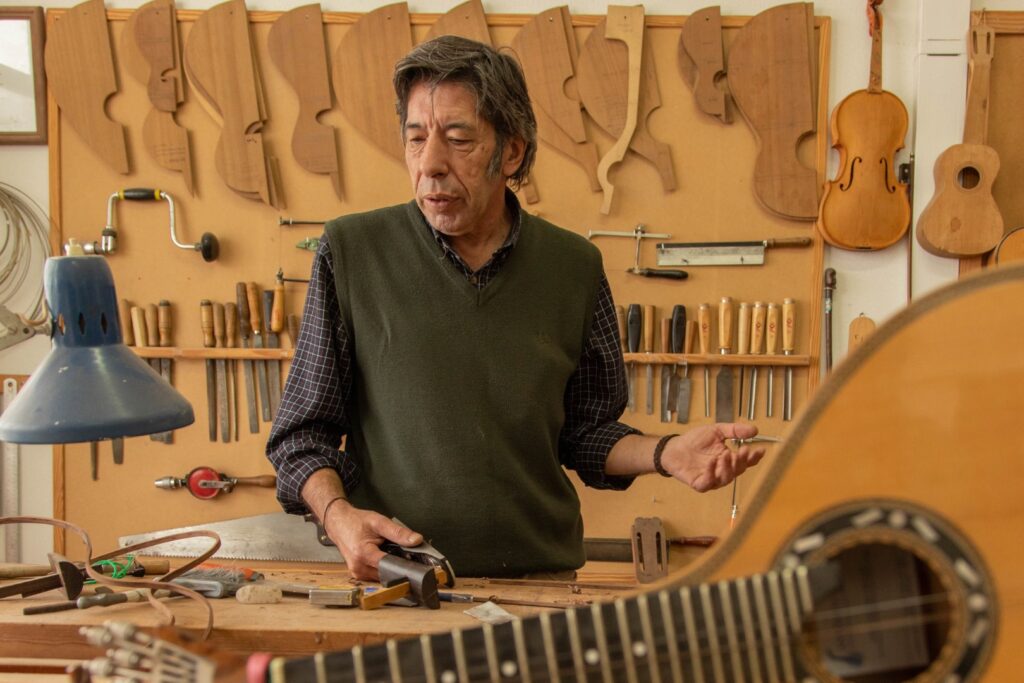
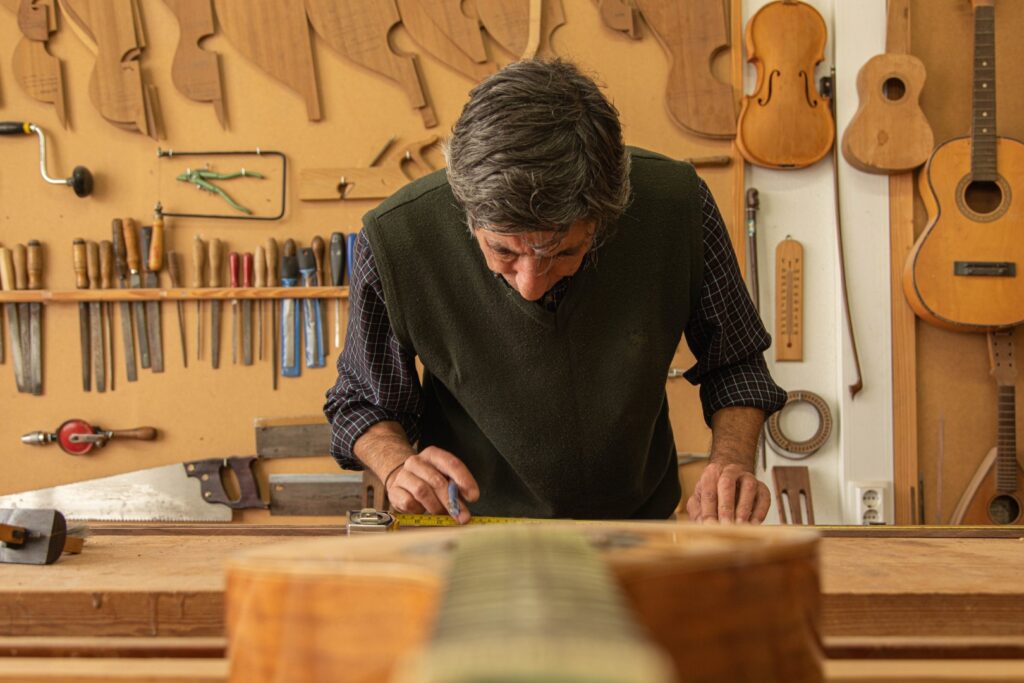
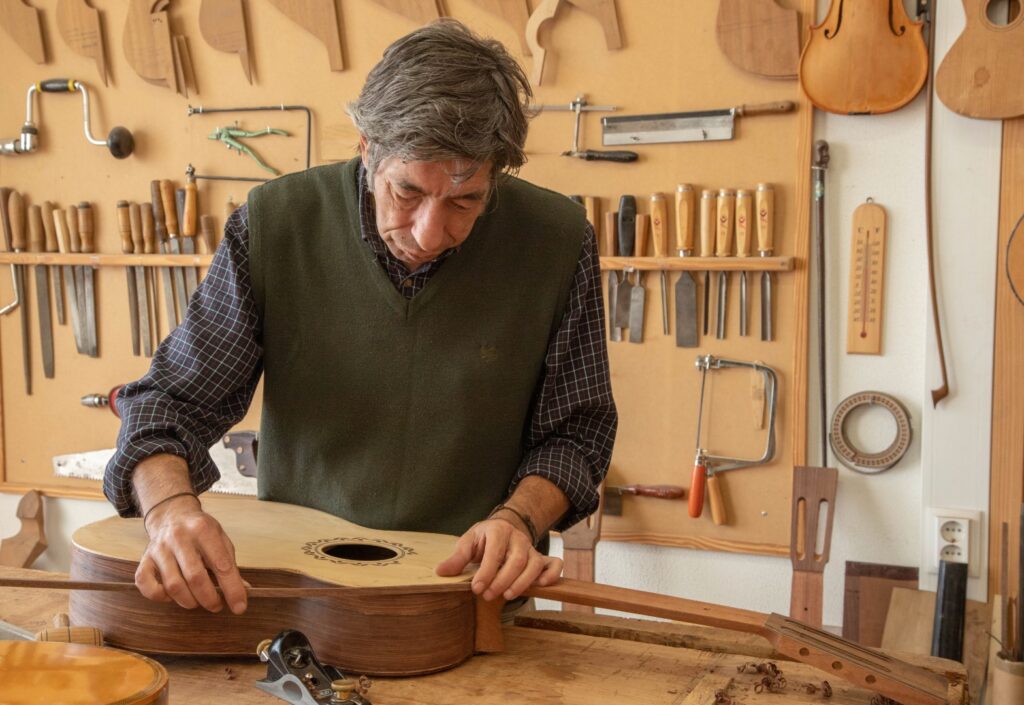
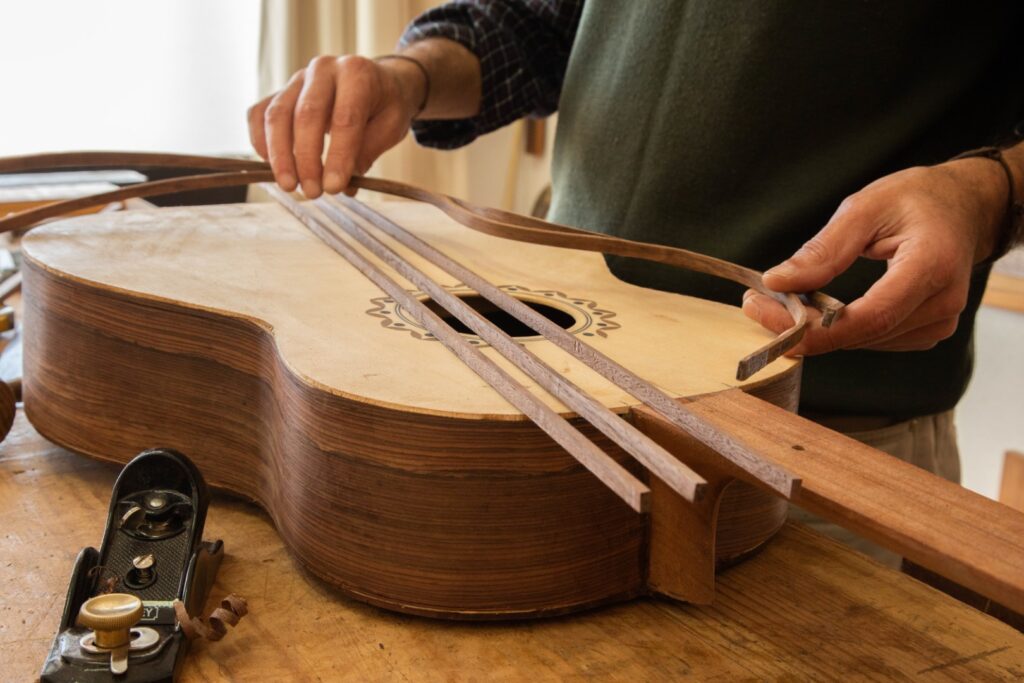
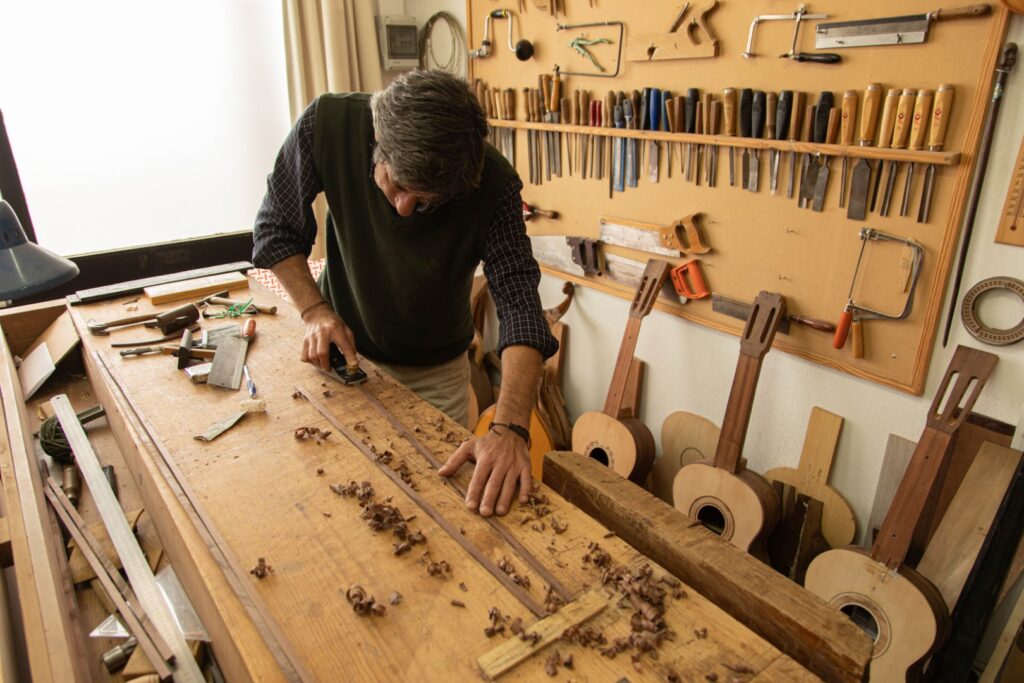
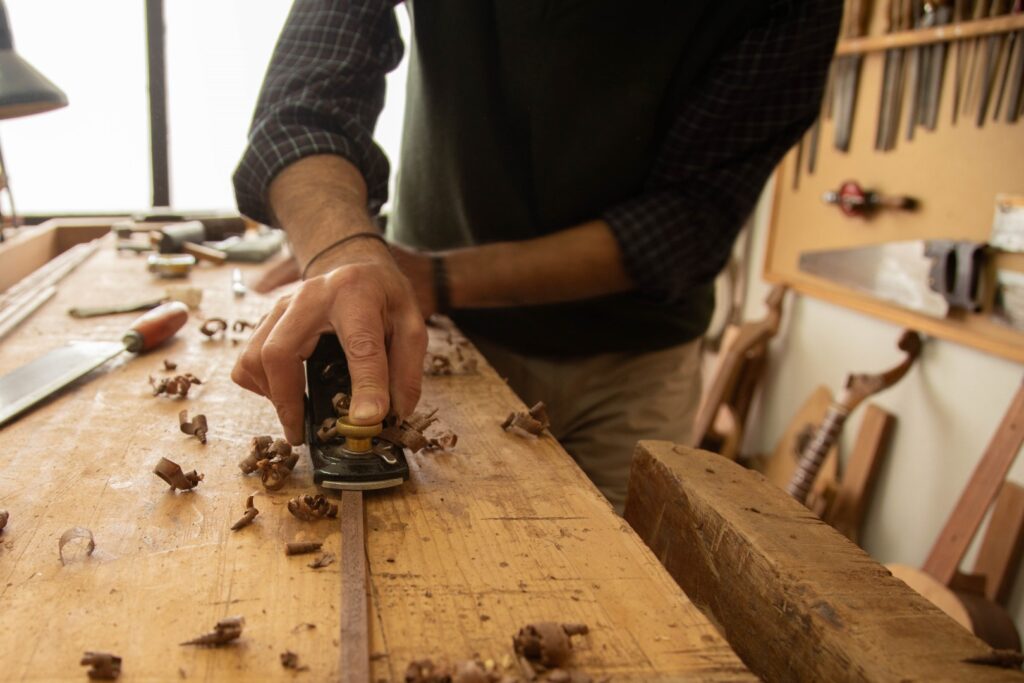
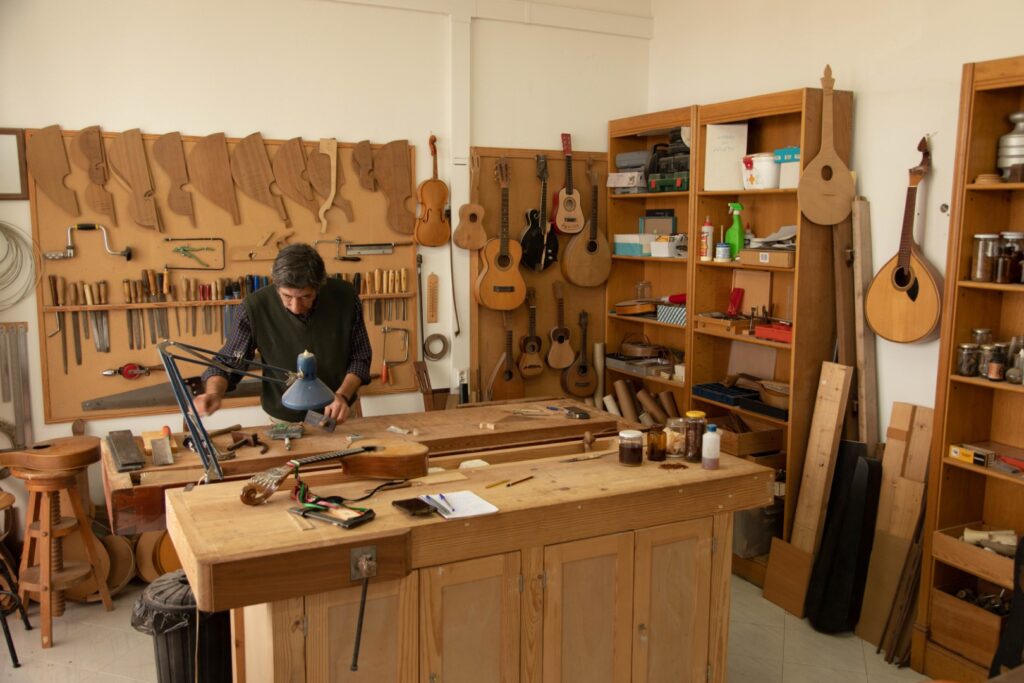
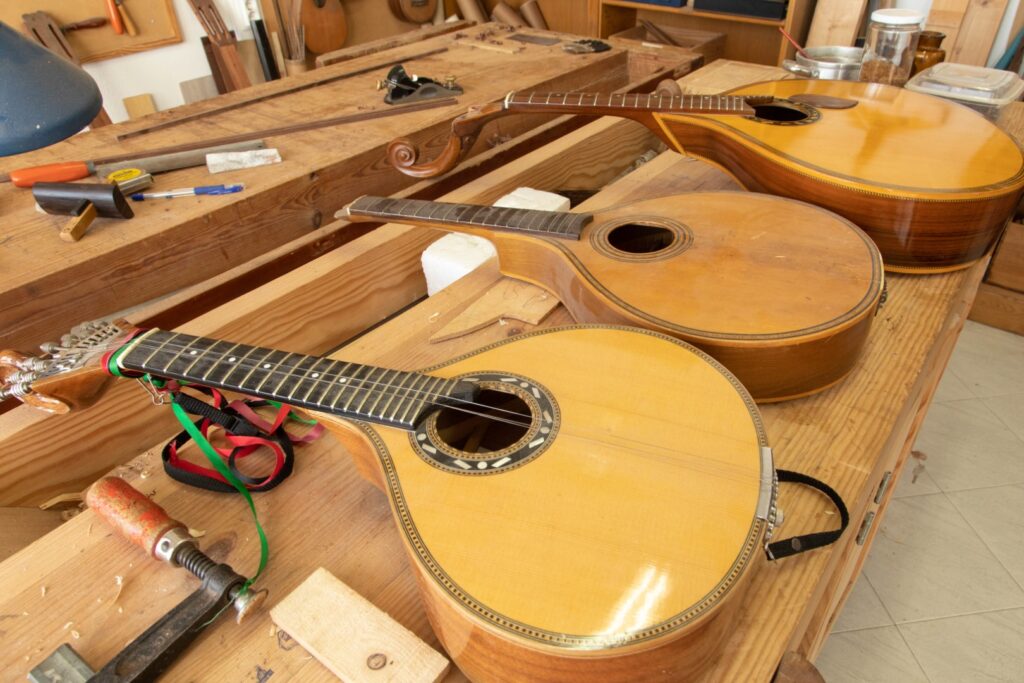
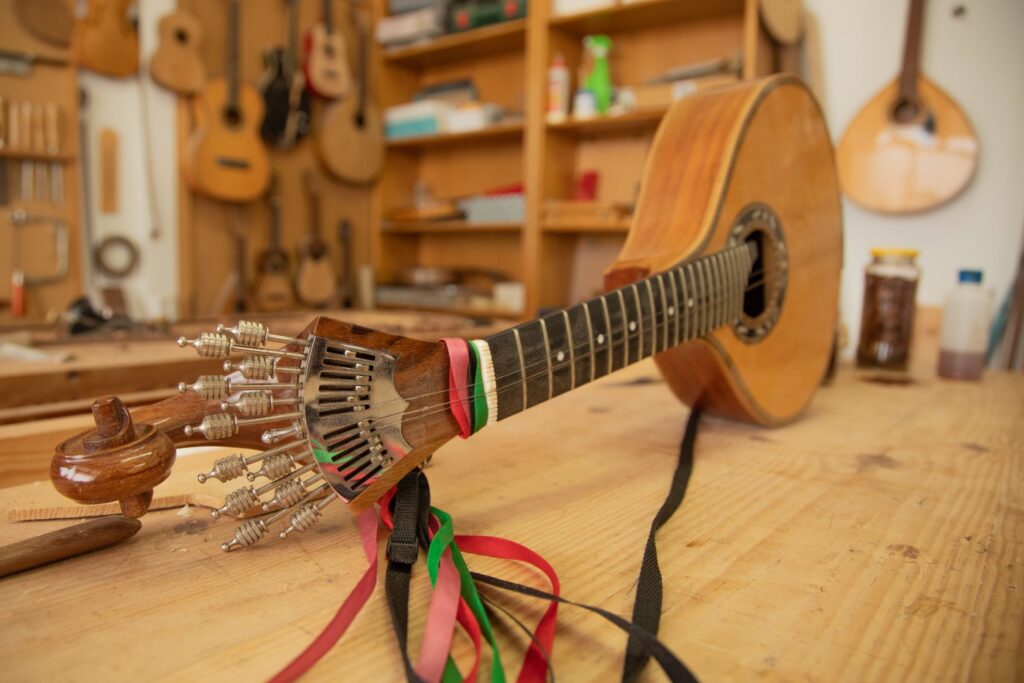
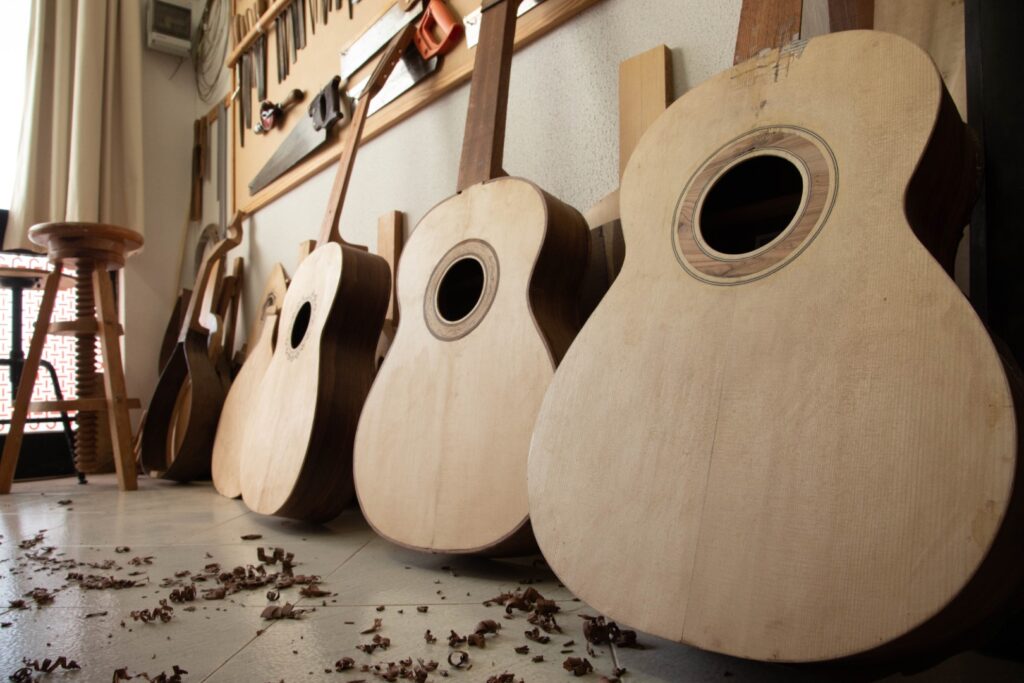

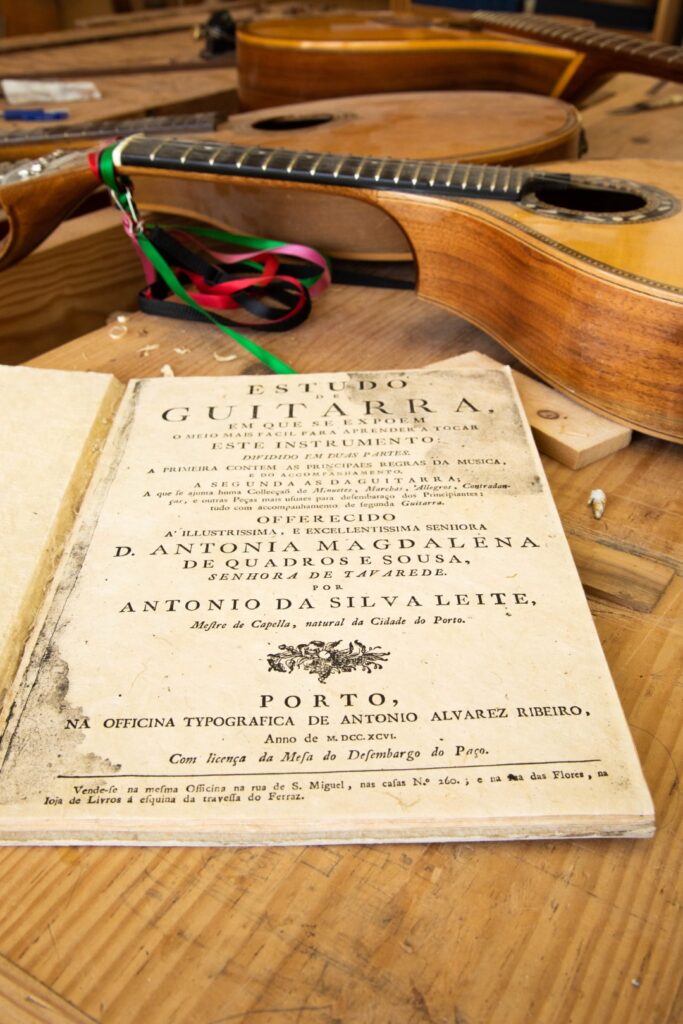


















Comments